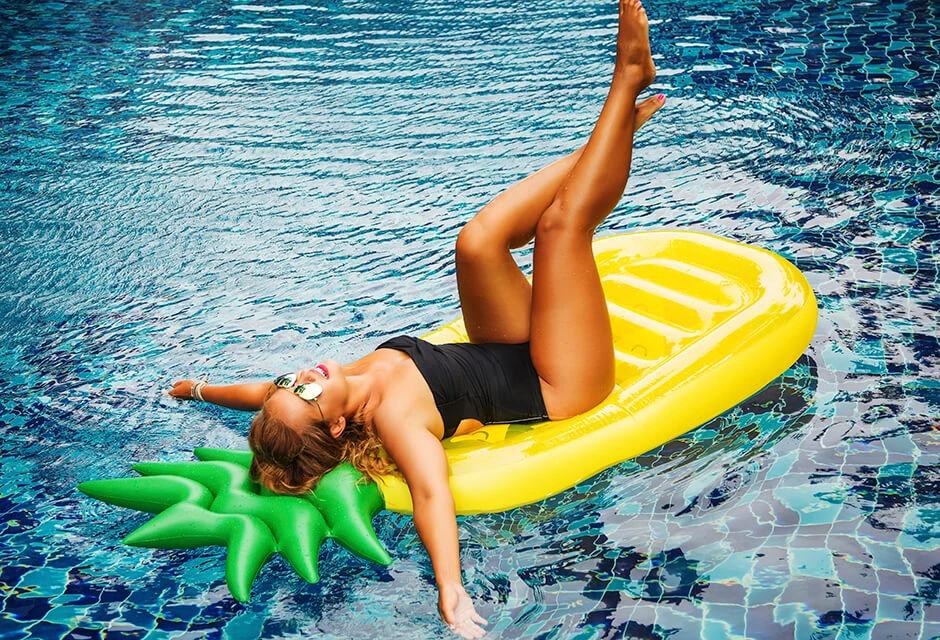What does form mean in photography?

- Shape and form in photography and arts
- Difference between shape and form in photography
- Definition of form in photography
- Examples of form in photography
- Conclusion
When we look at a photograph or a drawing, we usually perceive the image as a whole. Although in fact, every image consists of individual elements. In art, they are called design elements. From simple geometric shapes and lines to abstract forms, the image is filled with meaning through them. Today we will talk about how different shapes and forms influence our perception of photography. How to make shapes become forms, and how light matters in that occurrence.
Shape and form in photography and arts
In visual arts, shape and form are defined by other elements of art. Shape and form can be defined by line, line and shape almost always work together. They can also be defined by value by making an area lighter or darker than the surroundings or by changing the color of the area or by adding a different texture or changing a pattern by defining a background and leaving space for the shape blank, like a cutout. The shape can also be defined by the other shapes by assembling them in a certain way, or by working with positive and negative shapes. There are an endless number of shapes and forms, there are simple shapes and there are complex shapes. Complex shapes and forms are just a combination of other shapes. How would you classify them in all their variety?

All shapes and forms fit into two types: geometric and organic. So what do we consider geometric shapes? Shapes and forms that are precise have a specific name, like squares, circles, triangles, cones, and spheres for example. They are often man-made, even though we find these shapes in nature as well.
Most organic shapes and forms are irregular, they can be found in nature, and most of them do not have a specific name. These shapes and forms are mostly curvy and free-flowing. So, what other types of shapes do we need to know? When we define a shape, we subtract it from its surroundings. Once it is defined, the surrounding area automatically becomes its background. The defined shape or form is called a positive shape, and the area around is called a negative shape. You can not have one without the other. We can define a shape by creating only one of them. You can create a shape by actually making it, or by creating a background and leaving the area blank. Either way, you can see the same shape.
For instance, most optical illusions are based on the concept of positive-negative relationships. It makes you realize that they are equally important.

Shapes and forms play important roles in the creation of art. They help to create artwork in its traditional forms: painting, drawing, sculpture, decorative arts, architecture, and photography. Because everything we see around us is made of shapes and forms, we use shapes to depict what we see, or what we want to convey by interpreting, modifying, or just copying the shapes in front of us. That knowledge could be applied to all kinds of arts, whether it's drawing or photography.
Difference between shape and form in photography
Shape and form are the elements of any art, whether it is painting or photography. Everything we see around us is a shape or a form. Shapes and forms define objects in space. The shape is a defined area that is flat or two-dimensional. The form is a defined space that has depth or a third dimension. Lighting is the best way to show forms in photography.
If we put a sphere on the light, we will see it project the shadow in the shape of a circle that lost its form, which is probably the best explanation.

Definition of form in photography
Form refers to three-dimensional objects, and it is used to describe something that has volume and mass. Forms are often mistaken for shapes, such as circles and squares, which are two-dimensional. Unlike shapes, forms should be able to be viewed from different angles. Photographers can emphasize the form by understanding light, what is absorbed, reflected off of, and shadowed by the subject. Three-dimensionality is also evident and comes to outline hue or value contrast in photography or changes in the texture. Photographers need to understand how composition and angles can help illustrate an object’s form. So think about how you can best show off geometric and organic form in your photos to really use lighting and composition.
Examples of form in photography

Such a design element as form stays among line, shape, and texture in photo composition. It provides the subject alive looking and helps to draw viewers’ attention to details. The main ingredient of form in photography is light, which is why you can have a different perception of the photographs by playing with ISO values in your camera. The image could get more or less depth depending on it, and the depth defines the form.

Shapes and forms are very well emphasized in black and white photos because the lack of color distracts you no more and the light shows its value the best. You may have seen how making a photo grayscale you get some magic in it, but it was hard to understand what exactly happened, but it was just the forms that reveal better in depth that lead to an eye-pleasing effect. But to be successful in making black and white photos, you should understand that if we get rid of color, which was additional information in the image, we now need to emphasize that image in a different way, playing with light and shadows appropriately to show more of the forms. To understand the form in photography, you basically need to add light to it. The light brings life to shapes and makes them feel touchable. With the help of light, all the shapes become and transition to their forms, like a circle becomes a sphere or ball. That is why contrasts matter the most in black and white photos. If we see only shadow, this project’s silhouette becomes the shape without form like in the photo below.

Conclusion
To define the form in your photographs, you need to use the rules of the exposure triangle and photograph the subject in certain ways, considering the light direction and what you want to convey and emphasize in that photograph the most.
Co-founder of RetouchMe. In addition to business, he is passionate about travel photography and videography. His photos can be viewed on Instagram (over 1 million followers), and his films can be found on his YouTube channel.
Moreover, his profile is featured on the most popular and authoritative resource in the film industry — IMDb. He has received 51 international awards and 18 nominations at film festivals worldwide.

with RetouchMe














